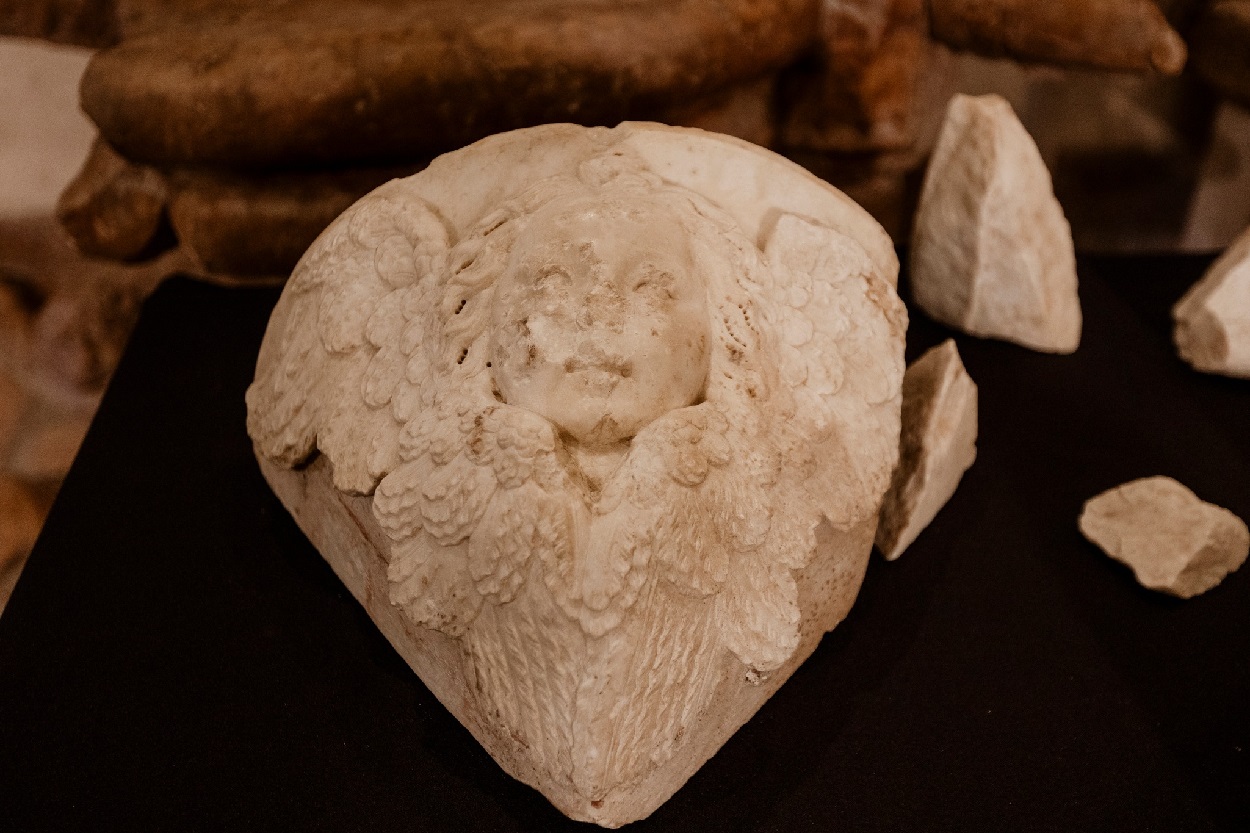A pair of cherubs made by the Renaissance master, Benedetto da Maiano, have been discovered in the grounds of Visegrád Castle.
Visegrád is a castle town in Pest County, north of Budapest in Hungary. The town contains the remains of an Early Renaissance palace commissioned by Matthias Corvinus of Hungary and a medieval citadel.
Recent excavations of a church linked to a Franciscan monastery near the royal palace have revealed an ornately carved pair of cherub heads with angelic wings.
According to the archaeologists, the cherubs date from the 15th century and were part of an altar likely made by the Renaissance master, Benedetto da Maiano.
Benedetto da Maiano was an Italian Early Renaissance sculptor who designed the Strozzi Palace in Florence, the marble pulpit in the Santa Croce, the framework of the doorway of the Palazzo Vecchio, and a shrine dedicated to San Savino for the cathedral of Faenza.
This discovery was confirmed by Professor Francesco Caglioti from the University of Pisa, who said: “The excavated carvings, in particular the almost intact cherubic heads, show many of the characteristics of the feathers, hair, and facial features, as well as the drapery of the fragmentary angel statues, which are exact copies of those found on Benedetto da Maiano’s mature works.”
Historical accounts indicate that King Matthias commissioned Maiano to create a pair of inlaid coffers. However, the works were damaged during transit, prompting Maiano to shift from working with wood to stone.
The discovery confirms Matthias’s intention for Hungary to became the first country to embrace the Renaissance from Italy.
Excavations also unearthed the remains of three individuals, possibly monks, in the remains of crypt among broken statues and debris. According to the researchers, they were likely the victims of the 1540 siege by King Ferdinand’s (1556-1564) that resulted in the monastery’s abandonment.
Header Image Credit : Hungary Today





